We’re excited to release into beta v1.0 of Elemeta, our open-source library for exploring, monitoring, and extracting features from unstructured data.
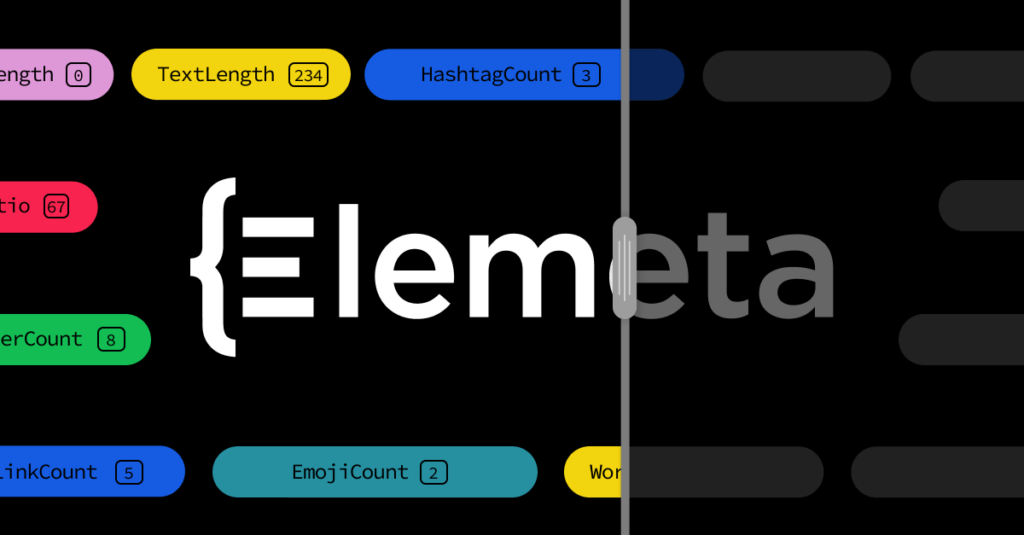
The observability blog
Learn how model observability can help you stay on top of ML in the wild and bring value to your business.

We’re excited to release into beta v1.0 of Elemeta, our open-source library for exploring, monitoring, and extracting features from unstructured data.
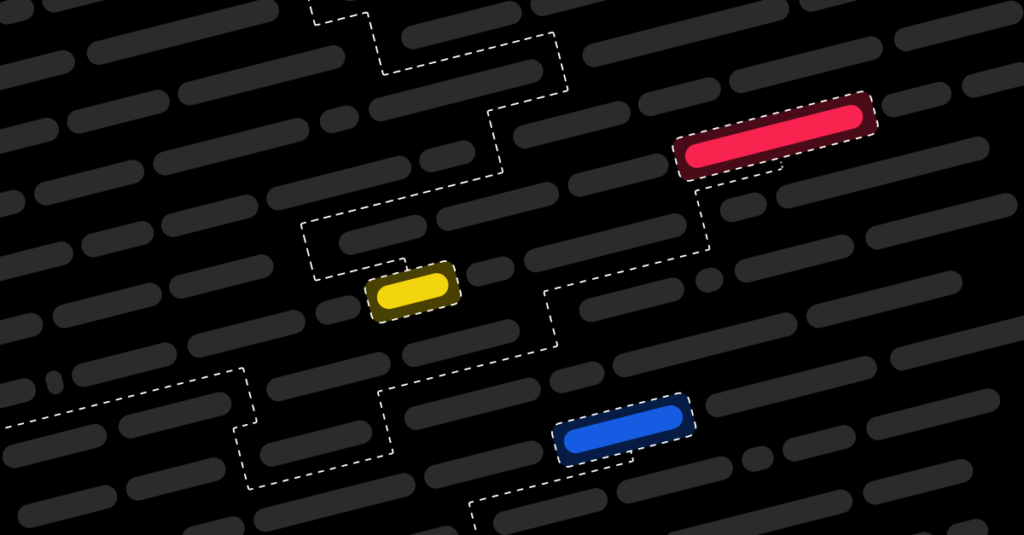
Monitoring ML, in general, is not trivial – NLP monitoring, in particular, produces a few unique challenges that we’ll examine in this post.

Machine learning bias is an issue persistent in data, modeling, and production. So how should you debias your ML and protect fairness?

What’s bias in machine learning? Let’s dive into the terminology, types of bias, causes, and real-world examples of AI bias.

There are many types of drift, so how do you troubleshoot model drift before it impacts your business’s bottom line?
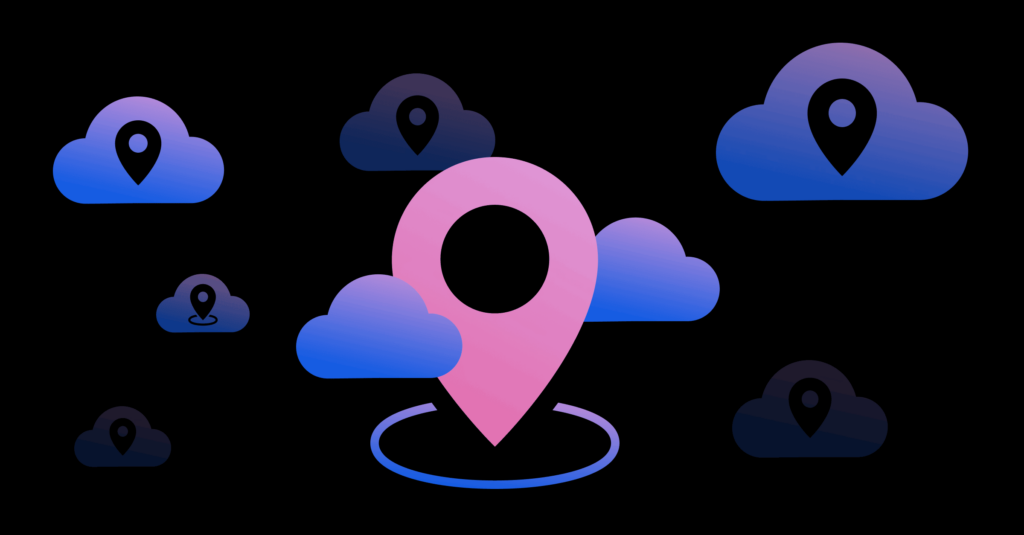
Struggling with making your app portable? Check out our lessons and tips from making the Superwise ML observability platform a portable app
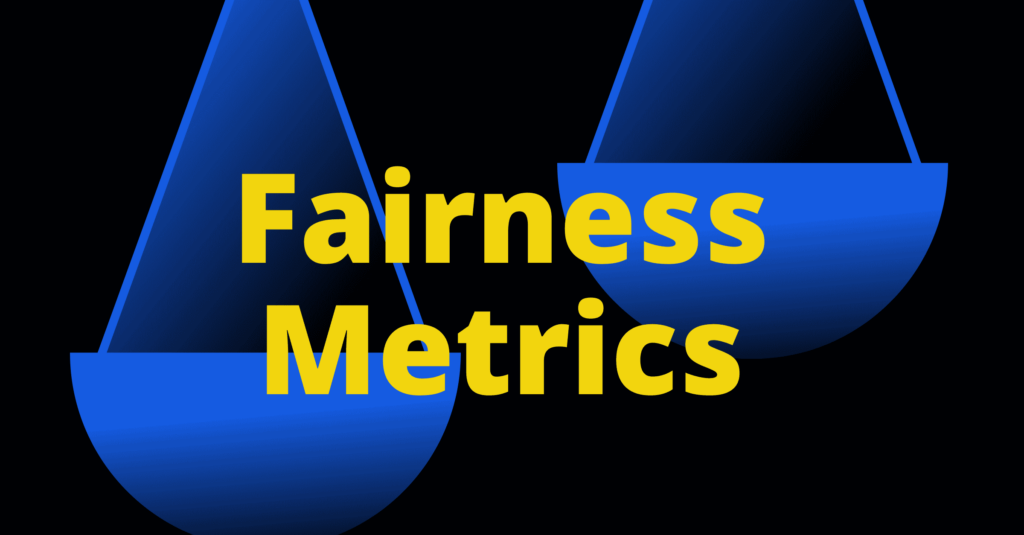
In this post, we will cover some common fairness metrics, the math behind them and how to match fairness metrics and use cases.

ML models embody a new type of coding that learns from data, where the code or logic is actually being inferred automatically from the data on which it runs. This basic but fundamental difference is what makes model observability in machine learning very different from traditional software observability.
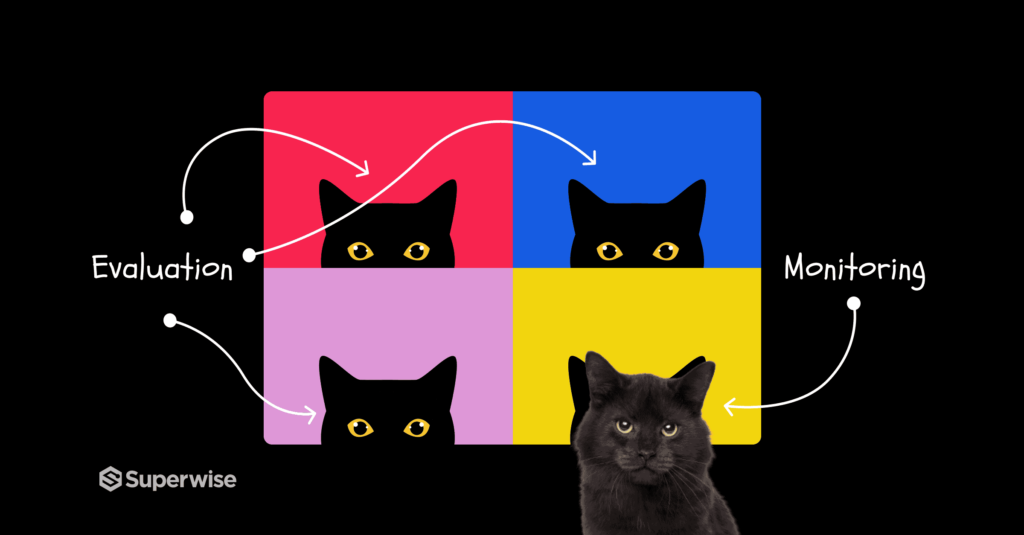
Model evaluation and model monitoring are not the same thing. They may sound similar, but they are fundamentally different. Let’s see how.

Instead of focusing on theoretical concepts, this post will explore drift through a hands-on experiment of drift calculations and visualizations. The experiment will help you grasp how the different drift metrics quantify and understand the basic properties of these measures.

Drift in machine learning comes in many shapes and sizes. Although concept drift is the most widely discussed, data drift is the most frequent, also known as covariate shift. This post covers the basics of understanding, measuring, and monitoring data drift in ML systems. Data drift occurs when the data your model is running on

Our previous post on understanding ML monitoring debt discussed how monitoring models can seem deceptively straightforward. It’s not as simple as it may appear and, in fact, can become quite complex in terms of process and technology. If you’ve got one or two models, you can probably handle the monitoring on your own fairly easily—and
Superwise needs the contact information you provide to us to contact you about our products and services. You may unsubscribe from these communications at any time. For information on how to unsubscribe, as well as our privacy practices and commitment to protecting your privacy, please review our privacy policy.
Page [tcb_pagination_current_page] of [tcb_pagination_total_pages]